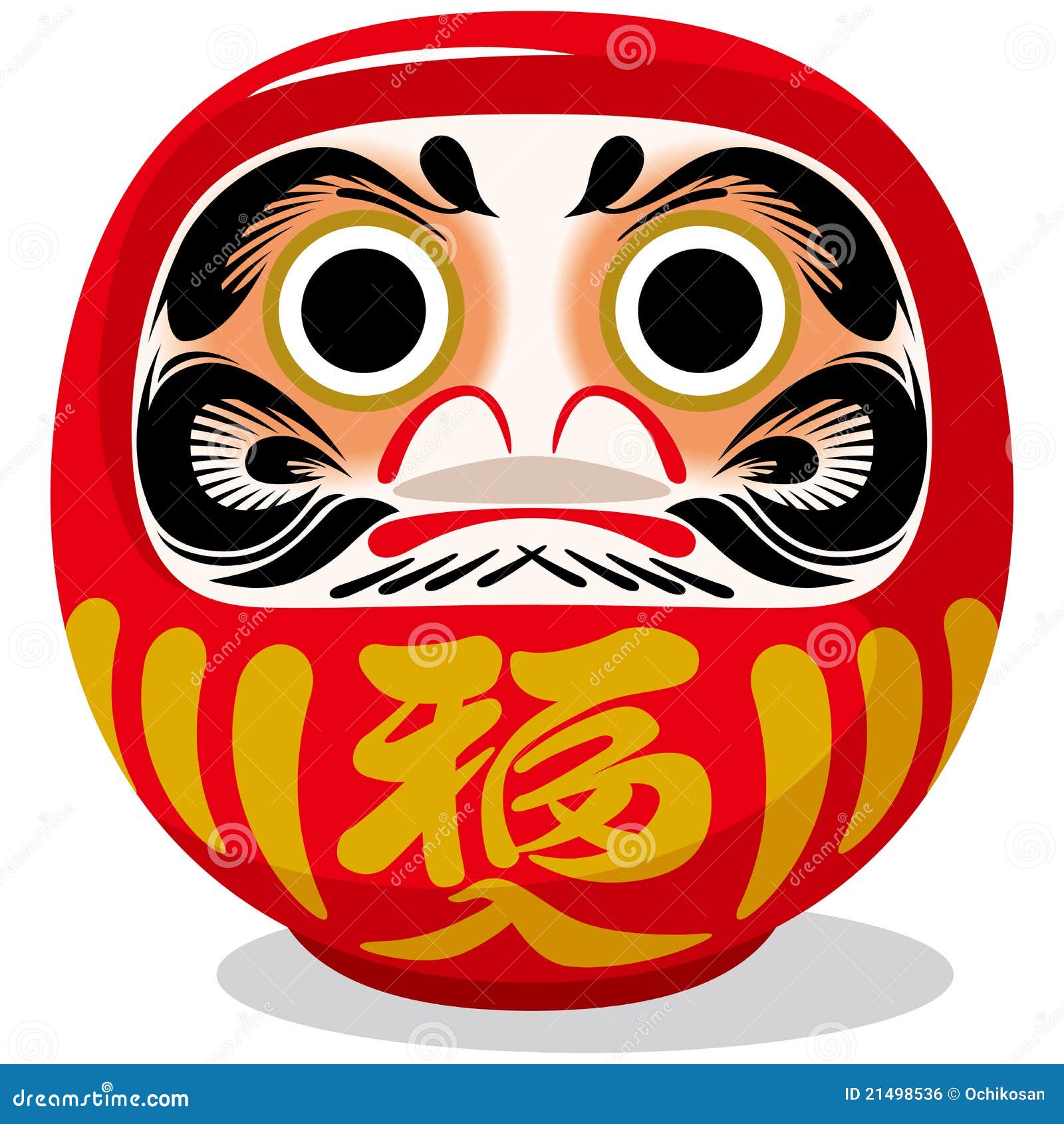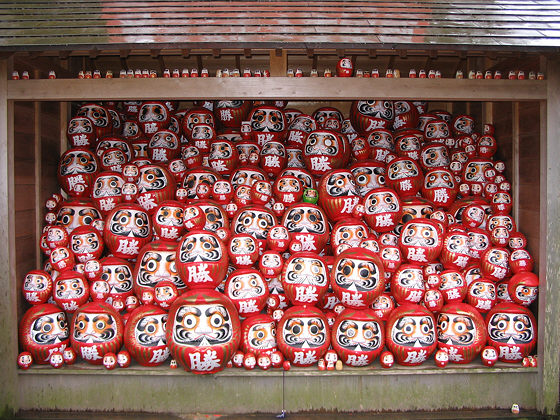One of the "must-do" things before you leave in Japan is go hanami. At least, this is what my Japanese friend told me. She said my Japan experience is not complete if I haven't gone hanami even just once. Doesn't matter whatever cultural things I've done here. I just got to do hanami to have a total Japan experience.
So what is hanami? Hanami literally means flower (hana) watching (mi). In reality, it means having a picnic, a feast, a drinking party, under the cherry blossoms in spring. Cherry blossoms or sakura only blooms for a week or two. They have a short and sweet life. Because of this, the Japanese celebrate their blooming season. Tourism offices all over Japan actually monitor when the flowers will bloom. Somebody told me that cherry blossom season is the peak season of tourism in Japan. It's not surprising cause the cherry blossoms are utterly beautiful.
When you decide to go hanami, it's best to bring...
1. Food and drinks
Eating is the main activity in hanami. Hanami would be plain sightseeing if you don't have food.
2. Picnic blanket
Unless you want to sit on the ground. Usually, hanami grounds are not grassy so don't expect you'll be comfortable without picnic blankets.
3. Camera
The cherry blossoms are just so lovely. Capture their loveliness with your camera.
4. Sense of fun!
Forget about work for awhile and just admire the beauty around you. Have fun with the company you're with. Hanami only happens once a year.
There are designated places for Hanami all over Japan. In Hamamatsu, the Castle Park is the most convenient place to have hanami. Get out and see the sakura! Hanami season ends on the 6th (in Hamamatsu).
More on Hanami:
Hanami
Hanami: Cherry Blossoms and Revelry in Japan
Hanami: The Cherry Blossoms Festival Welcomes Spring
Hanami: Unique Japanese Tradition
Sakura and Hanami
 |
| People doing Hanami at Ueno Park |
So what is hanami? Hanami literally means flower (hana) watching (mi). In reality, it means having a picnic, a feast, a drinking party, under the cherry blossoms in spring. Cherry blossoms or sakura only blooms for a week or two. They have a short and sweet life. Because of this, the Japanese celebrate their blooming season. Tourism offices all over Japan actually monitor when the flowers will bloom. Somebody told me that cherry blossom season is the peak season of tourism in Japan. It's not surprising cause the cherry blossoms are utterly beautiful.
 |
| my friend under a very pink sakura tree |
When you decide to go hanami, it's best to bring...
1. Food and drinks
Eating is the main activity in hanami. Hanami would be plain sightseeing if you don't have food.
2. Picnic blanket
Unless you want to sit on the ground. Usually, hanami grounds are not grassy so don't expect you'll be comfortable without picnic blankets.
 |
| food + friends = perfect hanami |
The cherry blossoms are just so lovely. Capture their loveliness with your camera.
 |
| Isn't it lovely? |
4. Sense of fun!
Forget about work for awhile and just admire the beauty around you. Have fun with the company you're with. Hanami only happens once a year.
There are designated places for Hanami all over Japan. In Hamamatsu, the Castle Park is the most convenient place to have hanami. Get out and see the sakura! Hanami season ends on the 6th (in Hamamatsu).
More on Hanami:
Hanami
Hanami: Cherry Blossoms and Revelry in Japan
Hanami: The Cherry Blossoms Festival Welcomes Spring
Hanami: Unique Japanese Tradition
Sakura and Hanami



